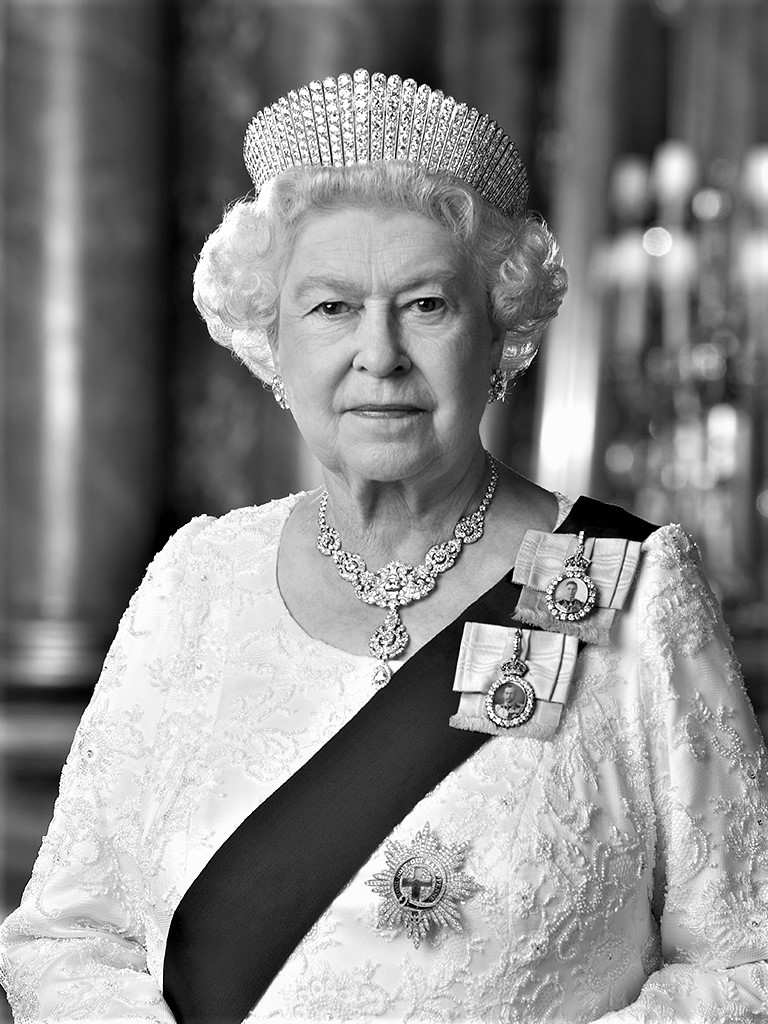Low blood glucose (hypoglycaemia)

Hypoglycaemia means ‘low blood glucose levels’ – less than 4mmol/l. This is too low to provide enough energy for your body’s activities.

Blood glucose targets
Symptoms
Hypos can come on quickly and everyone has different symptoms, but common ones are: feeling shaky, sweating, hunger, tiredness, blurred vision, lack of concentration, headaches, feeling tearful, stroppy or moody, going pale.
How to prevent a hypo
- Don’t miss a meal.
- Eat enough carbohydrate.
- Eat extra carbohydrate if you are more active than normal.
- Take your insulin injections correctly.
Treating a hypo
If the blood glucose is less than 4mmol/l then you need to treat it.
Treatment involves taking 10-15g of fast-acting carbohydrate:
Glucose gel may be used if you are feeling drowsy and someone can help you, but it should not be used if you are unconscious. Glucose gel is available on prescription if you are treated with insulin. Some people may need to follow this treatment with a snack of 15–20g of slower-acting carbohydrate to prevent their blood glucose levels getting low again. This snack could be a sandwich, piece of fruit, cereal or some biscuits and milk.
It’s recommended that you recheck your blood glucose levels after 15 minutes and re-treat if your blood glucose levels are still less than 4mmol/l. If you are about to eat a meal then do so as normal, but remember to give insulin with that meal.
If you are using pump therapy and the blood glucose hasn’t come back to normal after the first 15g of carbohydrate, then suspend the pump.
Treatment involves taking 10-15g of fast-acting carbohydrate:
- Small glass of sugary (non-diet) drink e.g. 150ml of normal coke
- Dextrose tablets
Glucose gel may be used if you are feeling drowsy and someone can help you, but it should not be used if you are unconscious. Glucose gel is available on prescription if you are treated with insulin. Some people may need to follow this treatment with a snack of 15–20g of slower-acting carbohydrate to prevent their blood glucose levels getting low again. This snack could be a sandwich, piece of fruit, cereal or some biscuits and milk.
It’s recommended that you recheck your blood glucose levels after 15 minutes and re-treat if your blood glucose levels are still less than 4mmol/l. If you are about to eat a meal then do so as normal, but remember to give insulin with that meal.
If you are using pump therapy and the blood glucose hasn’t come back to normal after the first 15g of carbohydrate, then suspend the pump.


